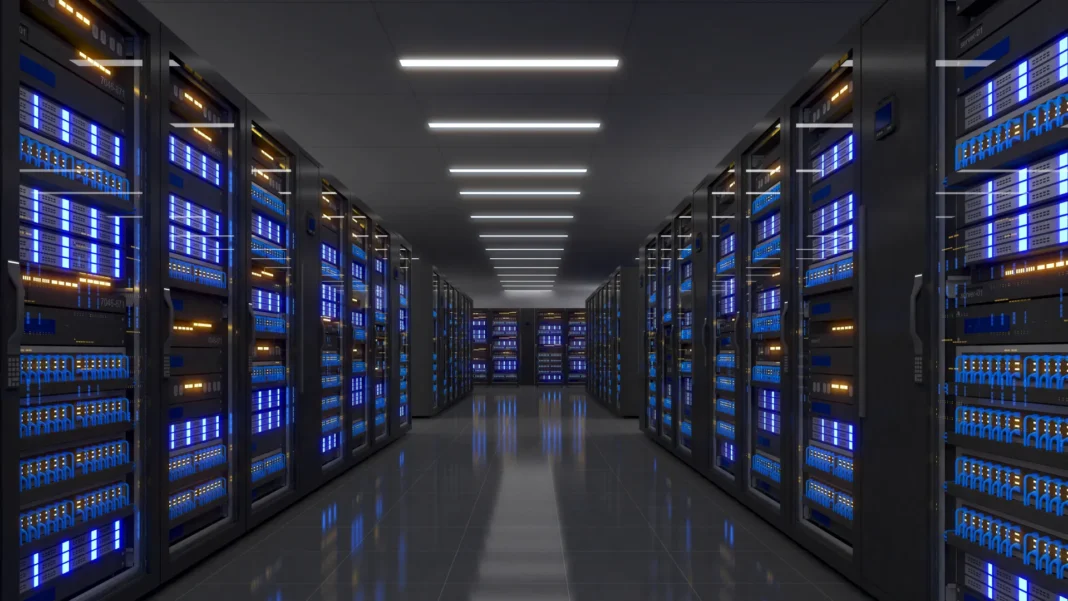The Data Center Project Failures is increasingly becoming a significant concern as the construction sector struggles to meet the surging demand.
With the rapid expansion of cloud computing, artificial intelligence (AI), and the need for digital infrastructure, data centers have never been more vital.
Nevertheless, challenges such as supply chain disruptions, a lack of qualified contractors, and financial uncertainties are leading to considerable delays in the establishment of these crucial facilities.
Recent findings from Rider Levett Bucknall (RLB) shed light on the difficulties encountered by data center operators and contractors.
The study reveals that over 70% of participants believe the supply chain is unable to keep up with demand, while 53% express concerns that the industry will not fulfill capacity requirements.
This growing disparity between demand and supply highlights the pressing need for innovation and strategic foresight within the construction sector.
Key Factors Leading to Data Center Project Failures
here are Key Factors Leading to Failures projects of data centre:
Supply Chain Disruptions: A primary challenge in the development of data centers is the constrained supply chain.
The soaring demand for these facilities has tremendous pressure on suppliers of materials and infrastructure components.
Since 2023, commissioned capacity has increased by nearly 300%, complicating suppliers’ ability to meet this demand.
Additionally, the influx of private equity investment, noted by 63% of respondents, has increased competition for scarce resources.
Shortage of Skilled Contractors: The data center industry necessitates highly specialized contractors, particularly in mechanical and electrical construction.
However, the European market has historically been dominated by civil and structural contractors, resulting in a lack of necessary expertise.
The RLB report identifies the shortage of general contractors as the most significant limitation on the supply chain, stressing that the slow pace of the construction industry complicates efforts to enhance capacity or transfer expertise.
Rising Construction Expenses
The increasing costs of raw materials and labor have posed significant challenges for data center projects in adhering to their budgets.
Although a smaller percentage of respondents in 2025 anticipate a rise in supply chain risks compared to the previous year, expenses continue to escalate, complicating financial planning.
Developers are now confronted with greater risks of exceeding budgets and experiencing potential project delays.
Financial Uncertainty Among Contractors
The failure of ISG in September 2024 highlighted the financial fragility present in the industry.
With only a limited number of contractors capable of executing large-scale data center projects, concerns regarding their financial viability have intensified.
This uncertainty poses additional risks for developers who must thoroughly evaluate contractors before proceeding with projects.
here are some Tackling the Challenges of Data Center Construction below:
Strategic Planning and Early Supplier Engagement: To reduce the risks associated with data center project failures, proactive planning is crucial.
Early engagement with suppliers during the project lifecycle can help secure essential materials and components, thereby minimizing the chances of delays.
As demand continues to grow, organizations must implement a forward-looking strategy for procurement and logistics.
Investment in Skilled Labor and Training: Addressing the skills gap in the construction industry is essential for the future of data center development.
Companies should prioritize investment in specialized training programs to cultivate a workforce equipped to meet the unique demands of the industry.
Furthermore, promoting collaboration among civil, mechanical, and electrical contractors can improve efficiency and expertise across various projects.
Investigating Alternative Energy Solutions: As power density requirements increase, alternative energy options such as small modular reactors (SMRs) are gaining traction.
The RLB report indicates that 73% of respondents anticipate SMRs becoming a prevalent power source for data centers in Europe within the next 15 years.
Investing in sustainable energy solutions is becoming increasingly important.

Embracing Innovation and Digital Tools
Utilizing advanced technology can enhance the construction process and boost project efficiency.
Innovations such as AI-based project management systems, predictive analytics, and modular construction methods can aid in optimizing resource distribution and reducing delays.
The Expanding Market for Data Center Retrofits
Due to supply chain challenges and escalating costs, numerous companies are opting for data center retrofits as a practical alternative to new builds.
According to the RLB study, 66% of participants intend to retrofit at least a quarter of their current facilities within the next five years. The benefits of retrofitting include:
Cost Efficiency: Upgrading existing infrastructure often proves to be more economical than starting anew.
Quicker Implementation: Retrofits can be executed more rapidly than new construction projects, addressing immediate needs.
Environmental Advantages: Modernizing older data centers can enhance energy efficiency and less environmental impact.
The Future of Data Center Development
The rapid growth of digital infrastructure continues unabated. To prevent failures in data center projects, industry leaders must proactively address supply chain issues, labor shortages, and financial uncertainties.
The following strategies will be crucial in shaping the future of data center construction:
- Fostering collaboration between developers and contractors to ensure a reliable and skilled workforce.
2. Investing in innovative construction methods such as prefabrication and modular design to expedite project timelines.
3. Diversifying energy sources to accommodate the rising power requirements of next-generation data centers.
4. Utilizing AI and automation to enhance construction schedules and resource management.
By adopting these strategies, the industry can navigate current obstacles and establish a more sustainable, efficient, and resilient data center infrastructure for the future.
Expert Editorial Comment
As the demand for data centers continues to exceed supply, the construction sector must adapt to fulfill the increasing requirements of the digital era.
Challenges such as supply chain limitations, a shortage of contractors, and escalating costs have contributed to a rise in the number of Data Center Project Failures.
Nevertheless, by implementing strategic planning, engaging suppliers early, and utilizing innovative construction techniques, these challenges can be effectively managed.
By adopting a proactive stance, industry leaders can close the gap between demand and supply, ensuring the successful development of scalable and sustainable data centers.

